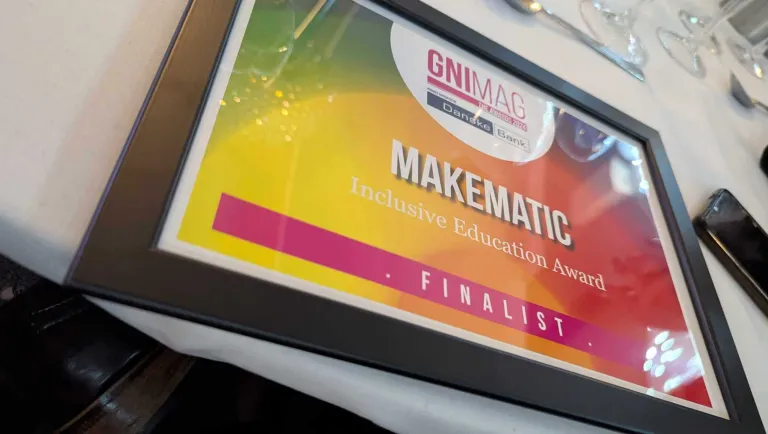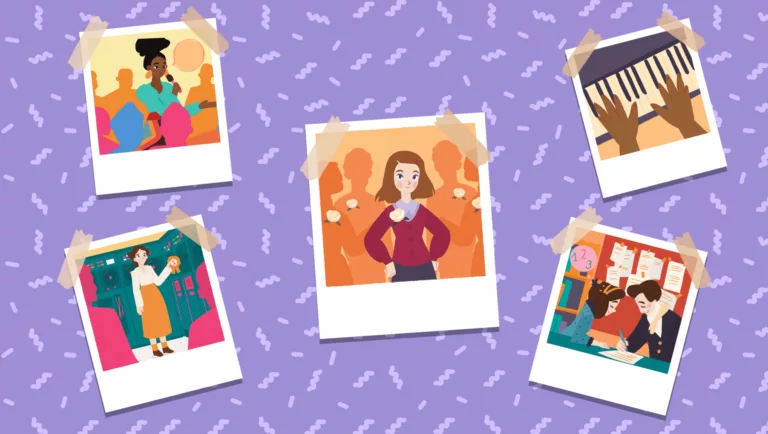
Emotional Intelligence and the SDGs
Recently I attended the United Nations’ Global Festival Of Action in Bonn, Germany.
It was an opportunity to celebrate individuals, civil and public sector organisations, local governments and foundations who are taking action to advance the 2030 Agenda.
I was incredibly impressed by some of the initiatives underway globally.
I presumed that everyone would be talking about the UN Sustainable Development Goals (SDGs) – but that’s not the case.
One of the main topics of conversation at the festival focussed around the fact that, despite there being a plethora of useful resources available to those advancing the agenda, they just aren’t being used.
Where To Start?
Let’s look at education – many schools simply aren’t engaging with the SDGs at all.
It may be that integrating them into the curriculum is overwhelming for some.
But, if you look at the SDGs holistically, there are many quick and easy ways to do so.
Sometimes the integration of the SDGs is overt: a themed unit of work or project based learning activity.
Sometimes it’s subtle: an informal classroom discussion using the SDGs to highlight other concepts or ideas.
It’s important to remember that not everyone needs to explicitly teach the goals.
But we all need to talk about them, and, more importantly, take action to advance them.
Is Emotional Intelligence The Key?
According to the United Nations, studies conducted in the United States on Emotional Intelligence (EQ) have shown that people with a higher Emotional Quotient report fewer physical ailments, less anxiety and depression and greater use of active coping strategies for problem-solving.
If we view emotional intelligence through the lens of the five key elements identified by Daniel Goleman – self-awareness, self-regulation, motivation, empathy and social skills – it’s easy to see how it can be used as a vehicle to explore the SDGs.
The best place to start is with empathy.
Empathy can be taught and developed over time. It can also be linked to the SDGs effortlessly.
Given that today (June 5) is World Environment Day, let’s look at some ways you can develop environmental empathy in young people.
- Framing: The way you frame conversations about the environment matters. Why? Because humans are consistently irrational; framing influences reasoning. Perhaps you can take a leaf out of The Guardian’s book. They are now changing the language they use to talk about the environment so that they more accurately describe the environmental crisis facing the world. They aren’t being subtle, and you shouldn’t be either.
- Modelling: In the development of skills like environmental empathy, adults and educators have an important part to play. That’s because research has shown that adults with strong environmental morals credit childhood role models.
- Get Outside: This one is a no brainer. When people interact and spend time in nature, they are more likely to develop a connection and affinity with it.
What Else?
There are so many resources that can be used to help develop environmental empathy in young people.
Eco-Unesco, World Wide Fund for Nature (WWF) and Greenpeace have wonderful resources for both the classroom and kitchen table.
For resources more directly linked to EQ and any of the SDGs, Sixseconds is a good place to start.
Finally, The World’s Largest Lesson, Oxfam and the SDSN Youth have all that you need to learn about the wider SDG context.
How are you going to develop environmental empathy in yourself and the young people you know?


